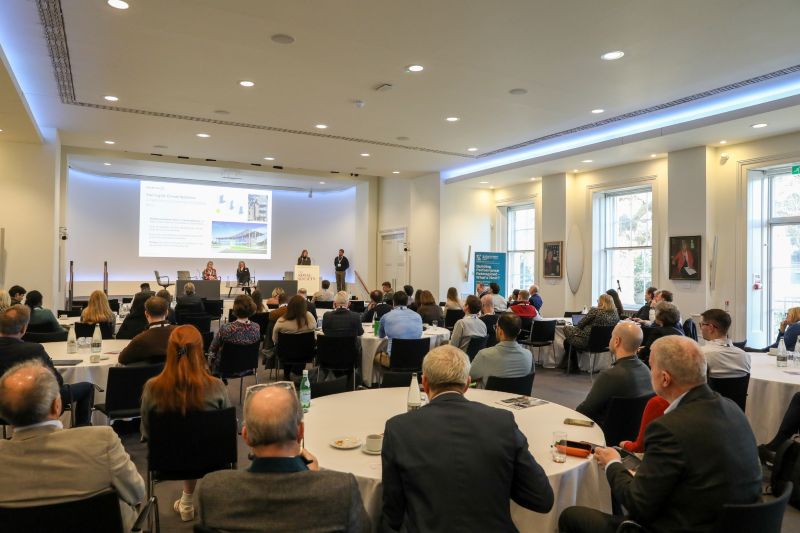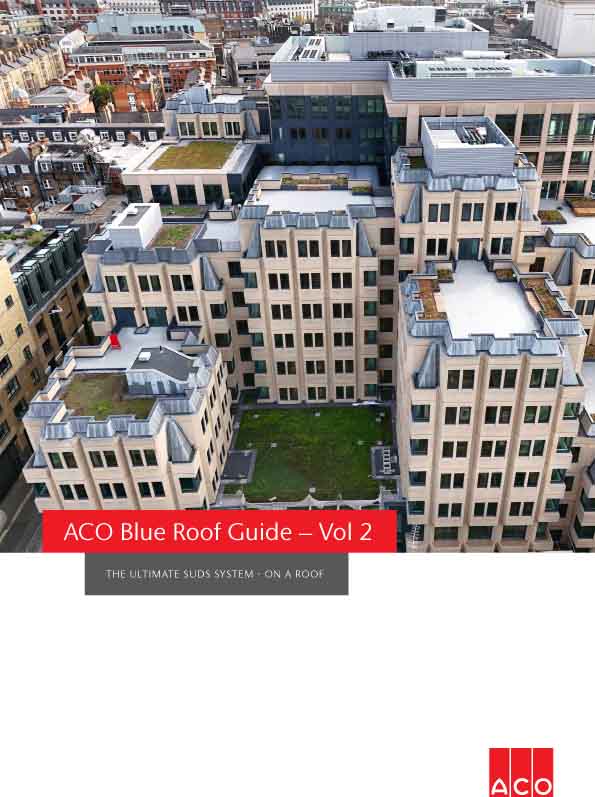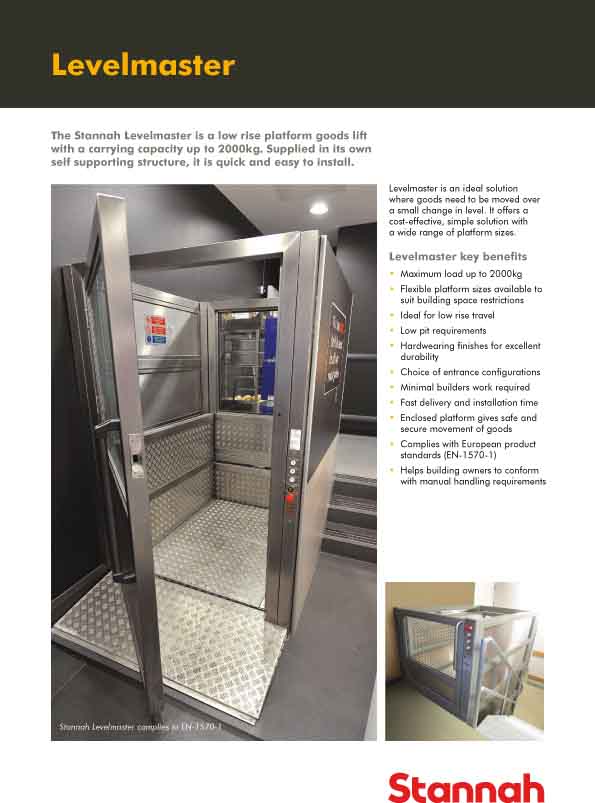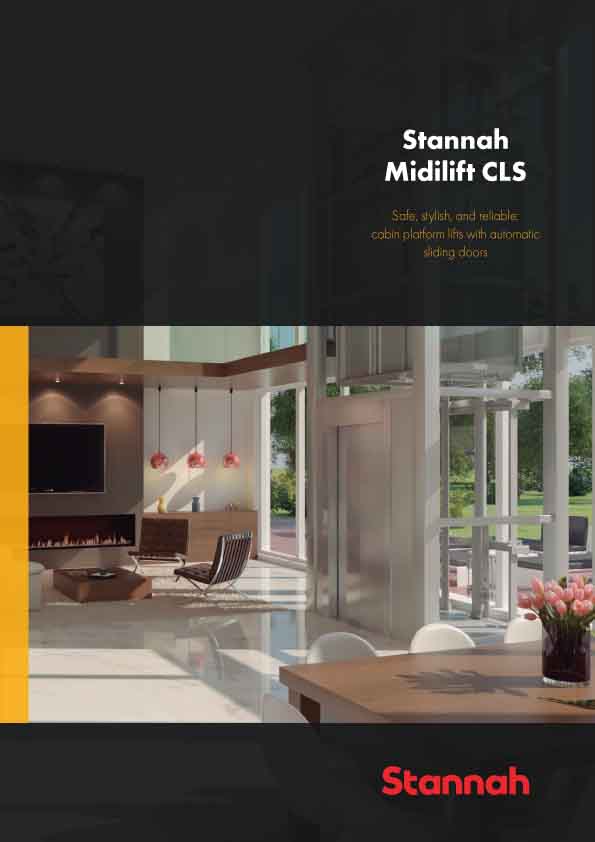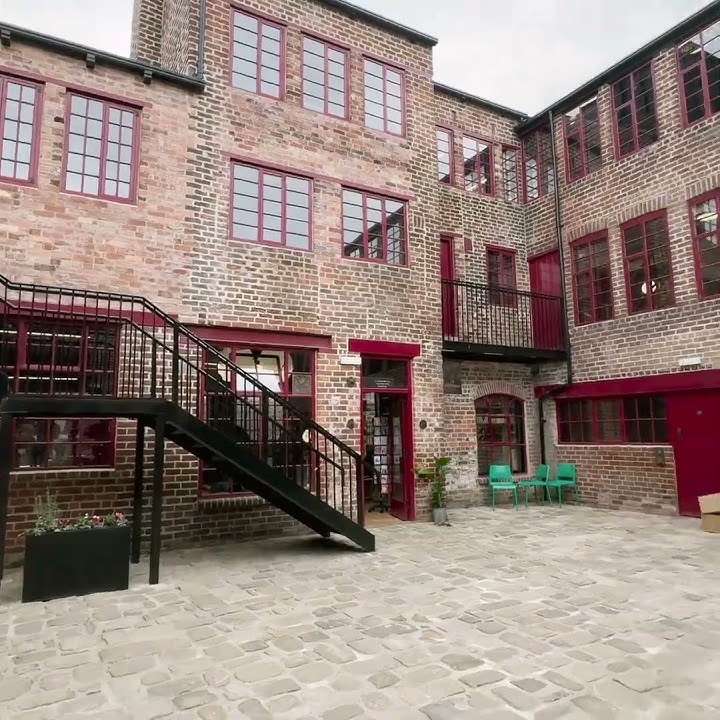With reduced budgets and tougher times ahead, many public sector and commercial organisations may need to re-think their approach to security and take a more cost effective and pragmatic approach, argues Alistair Driscoll, Specification Manager for ASSA ABLOY, the world’s largest door solutions provider.
The recent “emergency budget” from the coalition Government has left the country in no doubt that we face an age of austerity.
The most obvious target is public sector expenditure, where non protected departments may sees budget cuts of 25% or more over the next five years, bringing every item of expenditure under scrutiny.
The future of major capital development programmes such as schools in the BSF programme, new hospitals, new museums and cultural centres are all in question and logic suggests that the next five years will see a switch to spending on extensions, renovations and refurbishment.
At the same time the private sector is also responding to the prospects of a long drawn out recovery rather than a swift re-bound from recession. Many private sector companies benefit from public sector spending, so will be affected by these cuts as well.
These factors alter the dynamics of security planning for designers and specifiers working with many public and private sector developments.
If we step back and consider what security is about then, essentially, security is concerned with protecting people and assets.
Thee “people” side can either be straightforward protection of employees and occasional visitors through to a far more complex picture of protecting the general public and a wide range of different employees, for example in a major transport hub or retail development
In the public sector the position can be even more complex, for example in schools, hospitals, courts and other centres which have multiple public and private spaces and the need to delineate these areas is a security priority.
The “assets” element is also complex, ranging from the protection of the physical buildings, to securing equipment, through to managing data.
Unfortunately, the new age of austerity is likely to increase the need for improved security in both areas.
Already some commentators are predicting that 2010 will see a new “winter of discontent” or a re-run of the “poll tax riots” as the general public feels the impact of cuts and the unions respond with more militant strike action, generating public protest and the prospect of disorder.
At the same time, many staff, including the police and other “critical services” public sector workers, faced with a two year pay freeze and a likely reduction to their pensions, now have ever more stressful working conditions.
The staffing position is also likely to see an increase in temporary and part time staff and staff turnover generally may become much higher in many organisations.
This will have real implications for managing staff identities and access privileges and regrettably, it is not hard to imagine an increase in levels of pilfering by staff and the general public.
This pilfering may range from petty theft of supplies that can be re-sold easily or used in domestic homes but could easily extend to concerted efforts to steal higher value assets such as IT equipment.
The latter then creates an additional security risk, as although it is annoying, the cost of replacing an 18 month old laptop is not bank breaking, but the confidential and identity related data contained on a stolen laptop may be far more valuable in the wrong hands and open up the organisation to a very different level of criticism and legal challenge.
Now of course, none of this is particularly new to specifiers and facilities managers. These are long standing problems, yet the financial constraints now emerging mean that the solutions of the past decade may no longer be available or provide the right answers.
For example, no major commercial or retail new build development today would be without a sophisticated access control and security system, integrated with alarms and other building management services.
High end systems such as ASSA ABLOY’s innovative internet protocol (IP) based Hi-O and retro-fittable Aperio technology, which can convert a mechanically locked door into an intrinsic element in a building wide access control system, have proven their worth in this arena and will continue to be the ‘solution of choice’ for major schemes.
Yet what is the solution when the new build is postponed and “make do and mend” is the order of the day? What are the answers when you are adding a new extension, possibly consisting of a temporary building or classroom or having to remodel offices into public access space or vice versa?
At ASSA ABLOY, we recommend that specifiers and estate managers use two simple planning tools: the “security pyramid” and the “hurdle rate”.
The security pyramid, simply suggest that specifiers start at the base, with the most functional level of security ..the mechanical door locks.
In many cases, the locks in some buildings will have been installed some 10, 20, 30 or even 50 years ago and seem to be working just as well today. Yet lack of maintenance and increases in technology and engineering mean that any lock of that vintage is not really secure in modern terms.
Investing simply in upgrading the lock cylinders, not even the complete lock, will bring considerable added protection at relatively low cost.
This also brings the perfect opportunity to take the next step on the pyramid and introduce a master keying system at the same time.
There are various designs of master keying but the basic principle is that a master key will open every lock in the system, whereas other keys can be cut to only open specific locks in specific zones.
This adds a very effective layer of additional security as cleaners or ancillary staff for example, can have keys, which will only open certain areas, whereas managers and authorised personnel will be able to access other zones.
Furthermore, all the master keying systems available from ASSA ABLOY brands such as UNION, Assa, Abloy and Mul-T-Lock are protected systems, so that new keys can only be cut by an authorised locksmith, on proof of identity and authority.
This prevents the casual copying of keys, which is possibly the biggest security risk of all.
This can be taken one step further on the pyramid by introducing a key management and control system with a key cupboard that logs when keys are removed and returned.
In cost terms, replacing cylinders and introducing a master keying system is a highly affordable project for even the most cash strapped organisation with very swift “payback” in terms of reduced risk to assets as well as the improved health and safety protection for staff.
The next stage on the pyramid is to consider the introduction of electro mechanical locks, which add new levels of protection and identity management. Increasingly these products, such as Smart Air and Cliq, offer extremely effective and sophisticated security control for the most “at risk” areas.
They are also the ideal choice when looking to add an extension to a facility which already has a sophisticated central control system in the main parts of the building and you need to integrate some level of functionality but without major expense.
Finally, at the peak of the pyramid, the full access control system with ID recording and monitoring remains the optimum solution for many projects and should not be discarded without a full cost evaluation.
The way to choose between these different options is to consider the “hurdle rate” by answering the following questions: How many hurdles or barriers do you need to erect to deter or prevent a risk to security? How long do you need each hurdle to deter? What is the likelihood of detection and what is the response time on alarm? Finally, what are the consequences of failure?
So in critical areas it is perfectly appropriate to invest in several barriers to entry, with clear alarms and response times and routines.
At the same time, there will be other zones which will not require anywhere near the same hurdle rate to provide an adequate balance between security, risk and cost.
In summary, the new financial climate is likely to create some very different challenges to security and protection systems in the future. The solutions are available to provide the right security at the right cost but it will require a fresh approach, including a willingness to re-address the very basics such as lock cylinders as much as the “high end” integrated systems.
ASSA ABLOY’s specification team provides a free advisory service, which can explore all the available options and present a number of viable alternatives according to need and budget. As the world’s largest lock company, we have all the tools in our toolkit so can be neutral about which solution we recommend.
For further information on ASSA ABLOY’s specification service please visit www.assaabloy.co.uk or www.assaabloydoorsolutions.co.uk or contact Alastair Driscoll at alistair.driscoll@assaabloyuk.com
About ASSA ABLOY Specification:
ASSA ABLOY is the global leader in door opening solutions, dedicated to satisfying end-user needs for security, safety and convenience.
ASSA ABLOY Door Solutions provides complete door and locking solutions to the specification sector. We specialise in developing one-stop solutions for physical security, designed to withstand the rigours of demanding environments and achieve the highest legislative accreditation.
For further press information, please contact:
Stephen Key at Edson Evers PR (Stephen@edsonevers.com)
Tel: +44 (0)1785 255146.
Or
Catherine Brock, ASSA ABLOY UK
(Catherine.Brock@assaabloyuk.com)








